




Tamron 18-270mm f/3.5-6.3 Di II VC PZD
₨75,000.00
F-Mount Lens/DX Format
27-405mm (35mm Equivalent)
Aperture Range: f/3.5 to f/40
Three Low Dispersion Elements
Three Aspherical Elements
BBAR and Fluorine Coatings
PZD Autofocus Motor
VC Image Stabilization
Rounded 7-Blade Diaphragm
Out of stock
Description
Tamron 18-270mm
Tamron 18-270mm f/3.5-6.3 Di II VC PZD from Tamron is a versatile 15x zoom covering wide-angle to super-telephoto fields of view within a compact form factor. Contributing to greater flexibility, VC image stabilization minimizes the appearance of camera shake. To better enable handheld shooting in low-light conditions and a PZD autofocus motor affords quick and quiet focusing performance.
As a successor to the well-regarded AF 18-270mm F/3.5-6.3 Di II VC LD Aspherical (IF) MACRO that we reviewed in December 2008. Compared to the previous version, its main attractions are a significant reduction in size and weight. And the addition of a ‘Piezo Drive’ motor for faster, quieter autofocus. At launch, it was also the longest-range superzoom available. Although it’s recently been surpassed by the Nikon AF-S DX Nikkor 18-300mm f/3.5-5.6G ED VR in this respect.
As expected for a modern superzoom, the Canon and Nikon mount versions of the lens. Feature built-in optical image stabilization via Tamron’sVibration Control’ system. Which promises sharper handheld images at slow shutter speeds. The Sony mount version uses the same optics but without the image stabilization mechanism (and therefore drops ‘VC’ from its name), relying on the camera’s built-in ‘SteadyShot’ system instead. Tamron doesn’t make a Pentax-fit model, but the recently-announced Pentax SMC DA 18-270mm F3.5-6.3 ED SDM is in all probability essentially the same lens, again without the VC module.
The Tamron 18-270mm’s closest competitor is the Sigma 18-250mm f/3.5-5.6 DC Macro OS HSM, a very similarly spec’ed lens that we reviewed recently. The Tamron has a slightly longer zoom range, but the Sigma can focus closer. In this review, we’ll attempt to nail down the other, less obvious differences between these two third-party contenders.


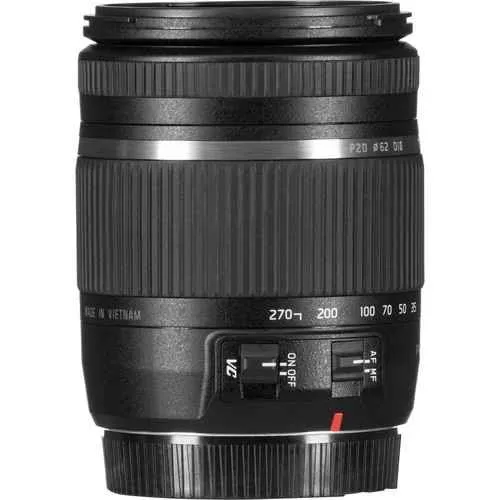
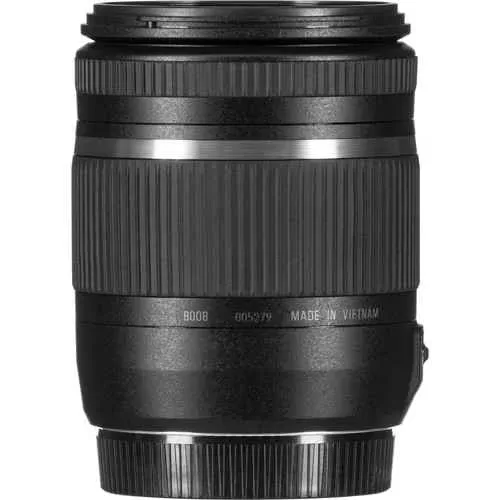
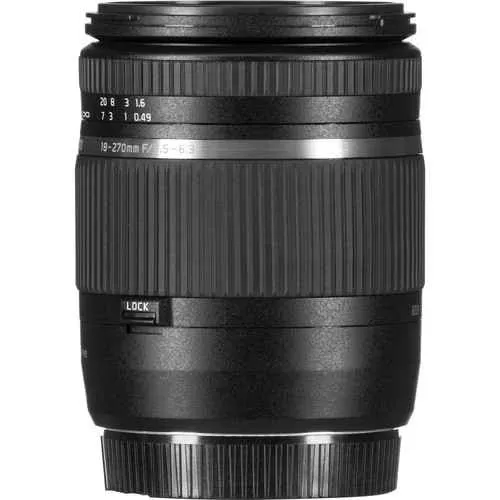
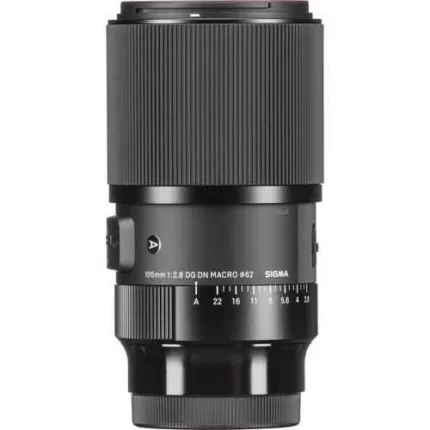
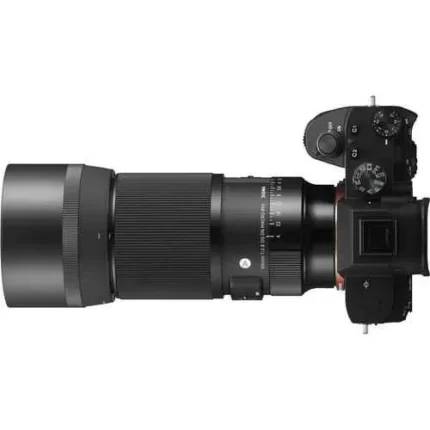

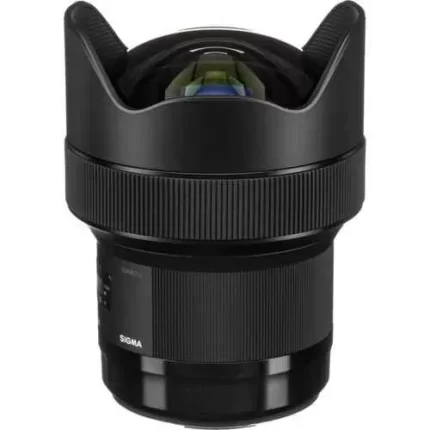
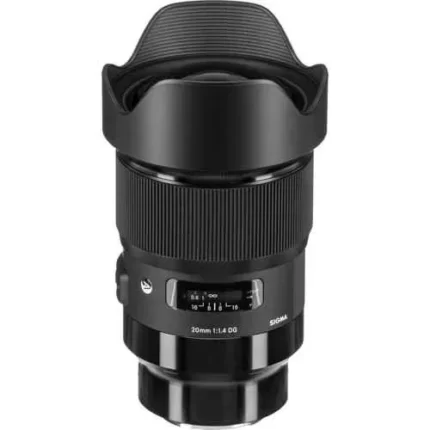
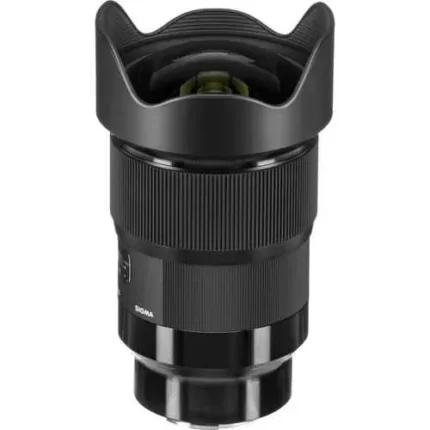
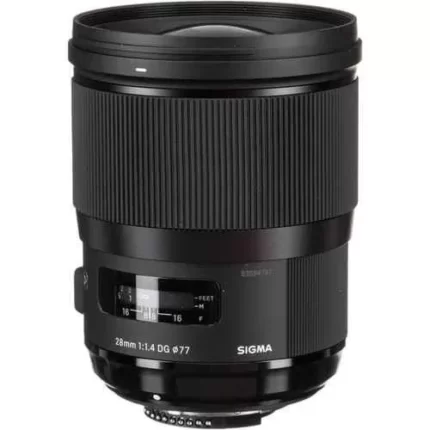

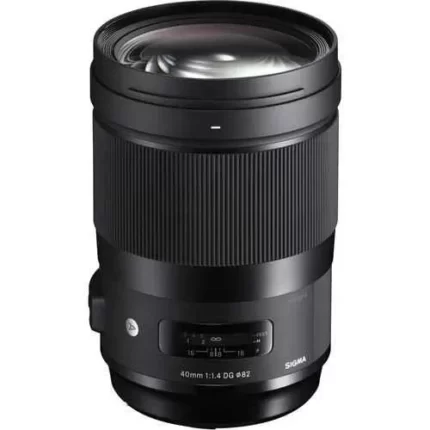
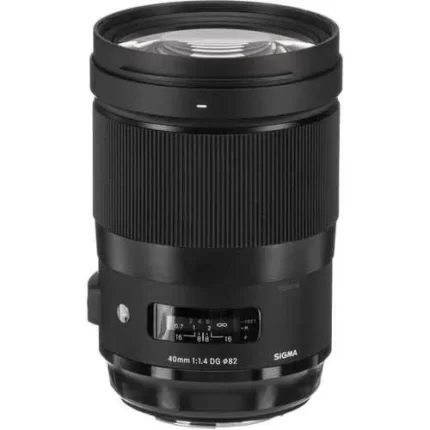
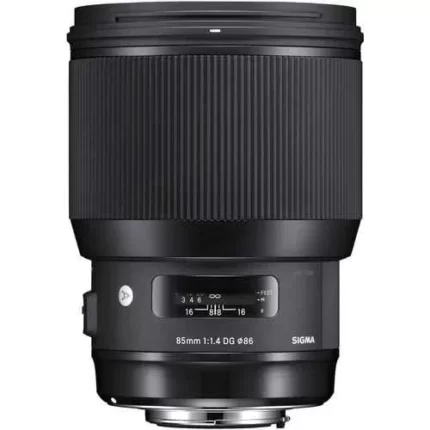
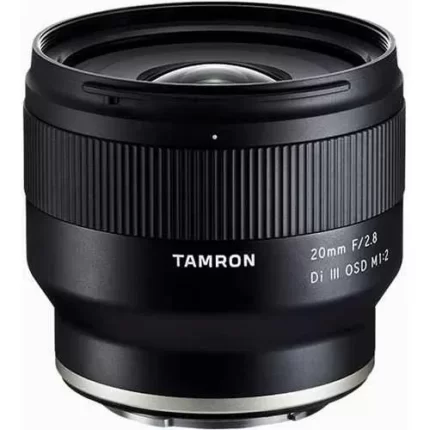

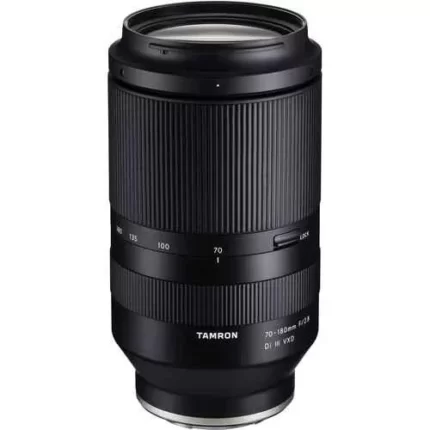
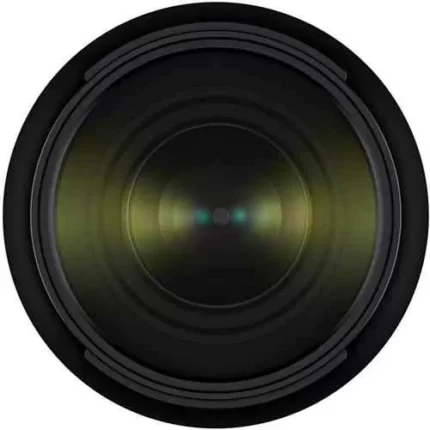
Reviews
There are no reviews yet.